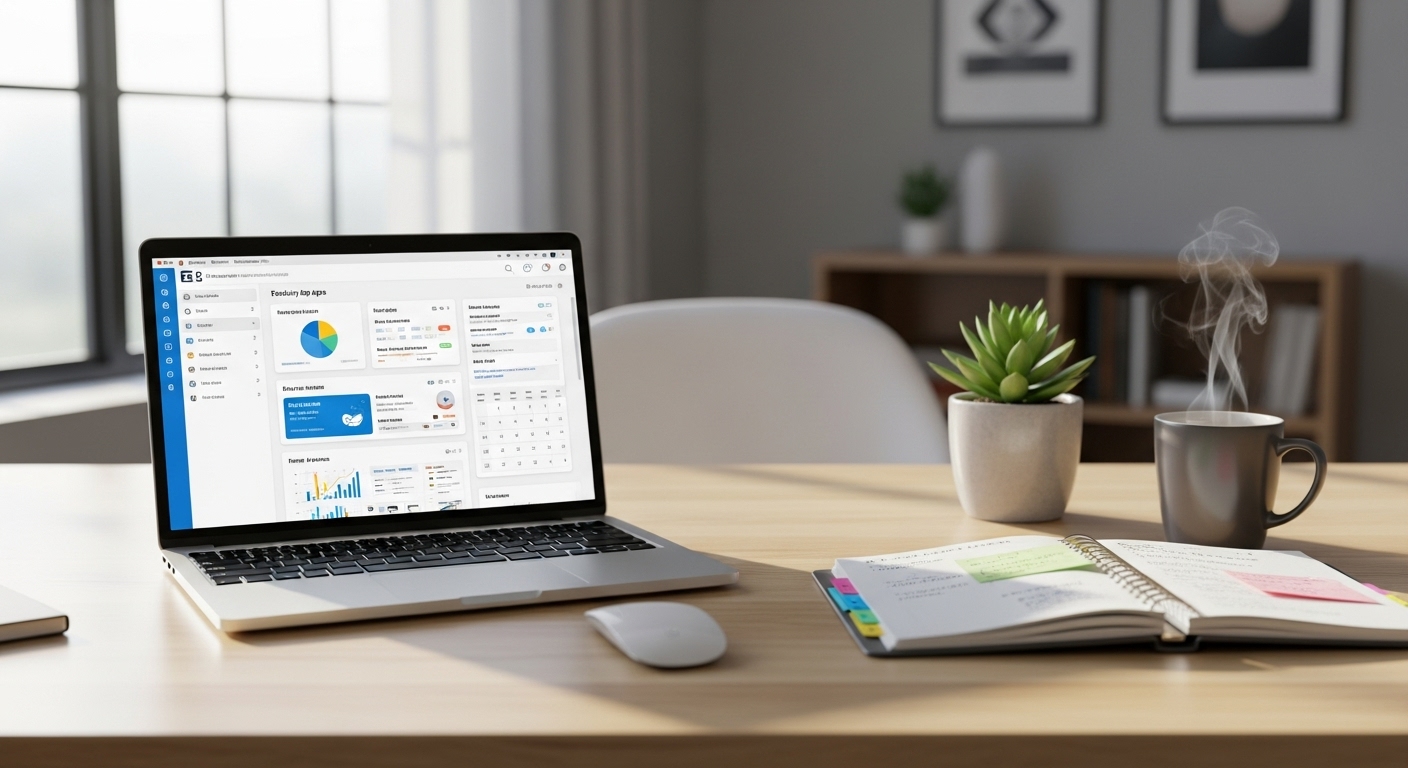- Posted on
- • Reviews
Top Productivity Apps Reviewed: Tools That Actually Work
- Author
-
-

- User
- FilesRename
- Posts by this author
- Posts by this author
-

Top Productivity Apps Reviewed: Tools That Actually Work
Introduction
Finding the right productivity app can feel like chasing a moving target. With thousands of tools promising to help you “get more done,” it’s easy to spend more time organizing your to-do list than actually completing it. That’s why we tested and reviewed the best productivity apps available today—focusing on what truly helps you stay focused, organized, and consistent.
Why Productivity Apps Matter
In an age of distractions, productivity apps are essential. They help you manage tasks, deadlines, and goals in one place. The best tools go beyond checklists—they integrate calendars, automation, collaboration, and habit tracking. Whether you’re a freelancer, student, or team leader, the right app can turn chaos into clarity.
How We Reviewed These Apps
To find the top performers, we evaluated over 20 apps based on:
- Ease of use – How quickly can you get started?
- Customization – Can you tailor it to your workflow?
- Integration – Does it sync with tools like Google Calendar or Slack?
- Collaboration – How well does it handle shared projects?
- Pricing – What’s available for free users?
Here are the apps that stood out for delivering real value—not just hype.
1. Notion – The All-in-One Workspace
Notion 🔗 is the Swiss Army knife of productivity. It combines note-taking, task management, and databases into a single, customizable workspace. You can create dashboards for projects, link pages, and embed media. Teams love it for wikis and knowledge sharing, while individuals use it as a digital planner.
- Best for: Creative professionals and teams
- Pros: Highly flexible, great for collaboration, clean interface
- Cons: Can feel complex for new users
2. Todoist – The Ultimate Task Manager
Todoist 🔗 shines for users who love simplicity. It’s lightweight, fast, and perfect for managing daily tasks. You can organize by projects, add recurring due dates, and even use natural language like “every Monday at 9 AM.” With productivity scoring and daily goals, it keeps motivation high.
- Best for: Individuals seeking focus and simplicity
- Pros: Fast, intuitive, excellent cross-platform sync
- Cons: Limited advanced project features
3. Trello – Visual Project Boards
Trello 🔗 turns task management into a visual experience. Using Kanban boards, you can drag and drop cards for each task, making workflows visible at a glance. It’s ideal for small teams and freelancers managing multiple projects.
- Best for: Visual thinkers and teams
- Pros: Simple UI, collaboration-ready, flexible integrations
- Cons: Lacks complex task automation
4. ClickUp – The Powerhouse for Teams
ClickUp 🔗 is a serious contender for those managing large teams or businesses. It offers everything from task lists and timelines to goals, time tracking, and mind maps—all in one platform. Custom fields, automation, and integrations make it a productivity giant.
- Best for: Businesses and remote teams
- Pros: Extremely versatile, powerful integrations, great value
- Cons: Overwhelming interface for casual users
5. Evernote – The Classic Note-Taking Tool
Evernote 🔗 remains a favorite for organizing information. While newer apps have stolen the spotlight, Evernote still offers rich text editing, web clipping, and powerful search with OCR (optical character recognition). It’s especially useful for researchers, writers, and professionals who handle a lot of content.
- Best for: Note-takers and researchers
- Pros: Great search, cross-device sync, document scanning
- Cons: Free plan limitations and slower updates
6. Asana – For Structured Team Projects
Asana 🔗 helps teams manage projects with clarity. You can assign tasks, set deadlines, and track progress visually through lists, boards, and timelines. Built-in automation reduces repetitive work and integrates smoothly with Slack and Google Workspace.
- Best for: Project managers and teams
- Pros: Organized, scalable, great reporting tools
- Cons: Might be overkill for solo users
Other Worthy Mentions
- Monday.com 🔗 – Perfect for teams needing visual progress tracking.
- TickTick 🔗 – Combines tasks, Pomodoro timer, and habits in one app.
- Notion 🔗 – Great as a hybrid between note-taking and project management.
How to Choose the Right Productivity App
The “best” app depends on how your brain works. Ask yourself:
- Do you prefer visual boards or simple lists?
- Do you need team collaboration or solo organization?
- Are automation and reporting features important?
If you love visuals—try Trello. Need all-in-one structure? ClickUp or Notion. Just want a clean daily planner? Todoist is your match.
Tips to Boost Your Productivity
- Use fewer tools—consolidate tasks, notes, and calendars into one ecosystem.
- Automate repetitive actions like reminders or recurring checklists.
- Review your tasks weekly to track progress.
- Sync across devices so you never miss updates.
Conclusion
The best productivity apps are the ones that fit naturally into your routine. Notion and ClickUp are ideal for professionals managing complex projects, while Todoist and Trello shine for simplicity and focus. Whatever your choice, the key is consistency—an app only works if you actually use it. So test, tweak, and stick with what helps you stay calm, clear, and in control.
Which productivity app works best for you? Share your favorite tools and hidden tips in the comments below!
FAQ
- Are productivity apps really free? Most offer free plans with core features, while paid tiers unlock collaboration or automation tools.
- Which app is best for students? Notion and Todoist are perfect for note-taking and managing deadlines.
- Can I use multiple apps together? Yes—many tools integrate via Zapier or native APIs for seamless workflows.
- What’s the simplest productivity app? Todoist or TickTick are great minimalist options.
- Do these apps work offline? Notion, Evernote, and Todoist all support offline use with syncing once reconnected.